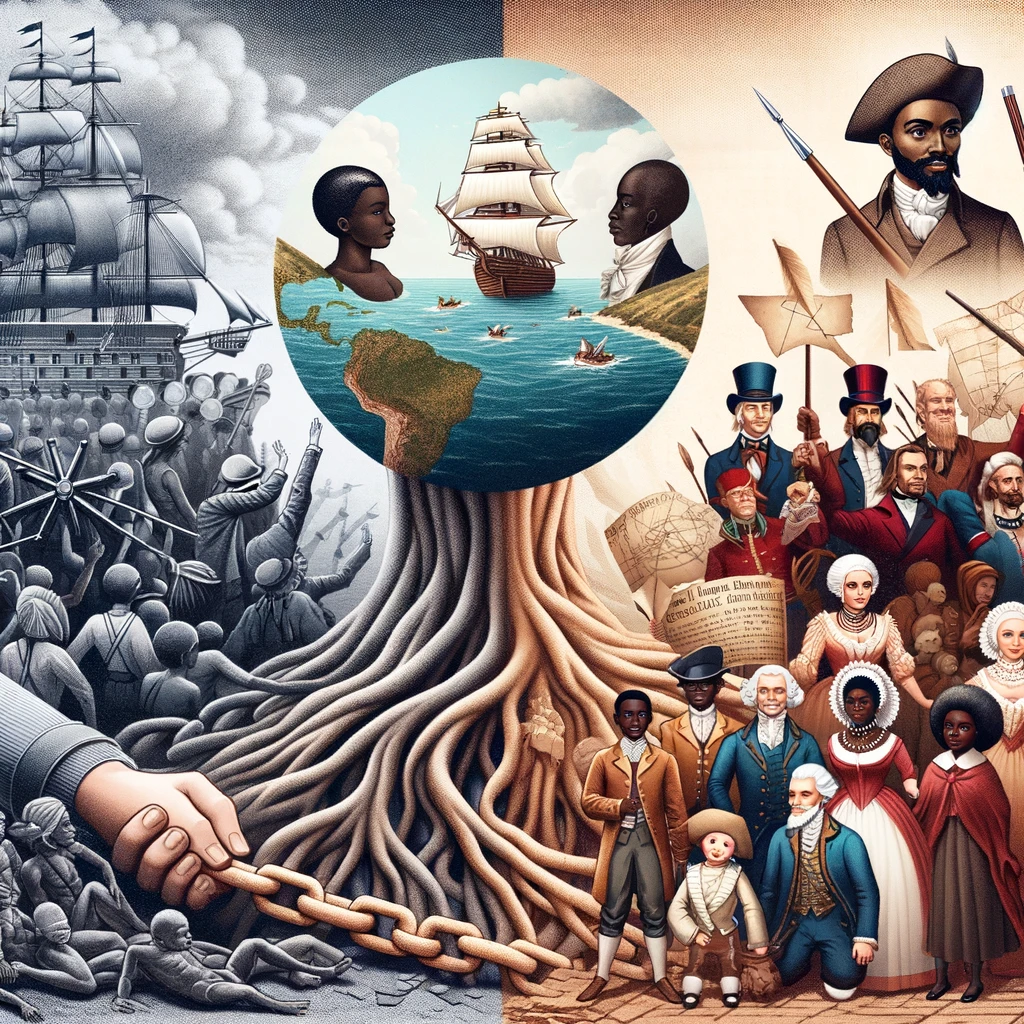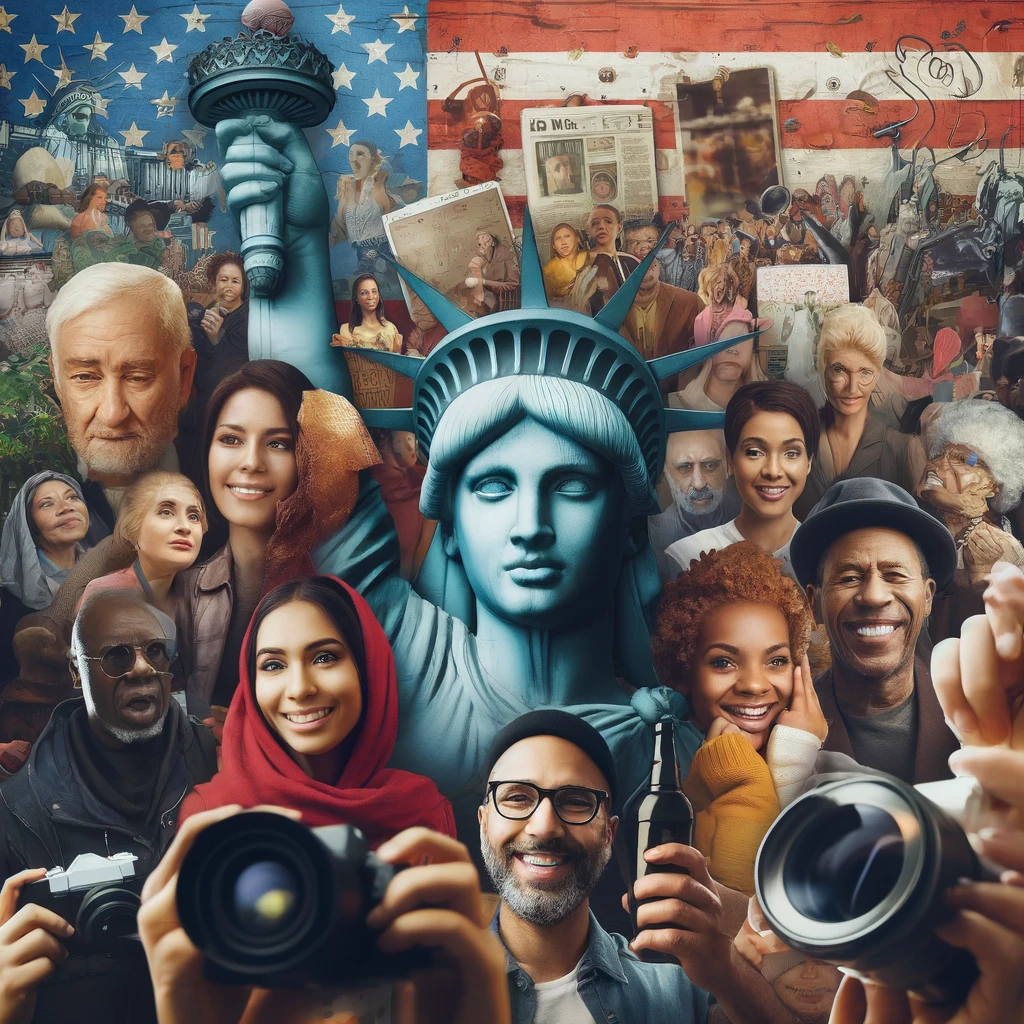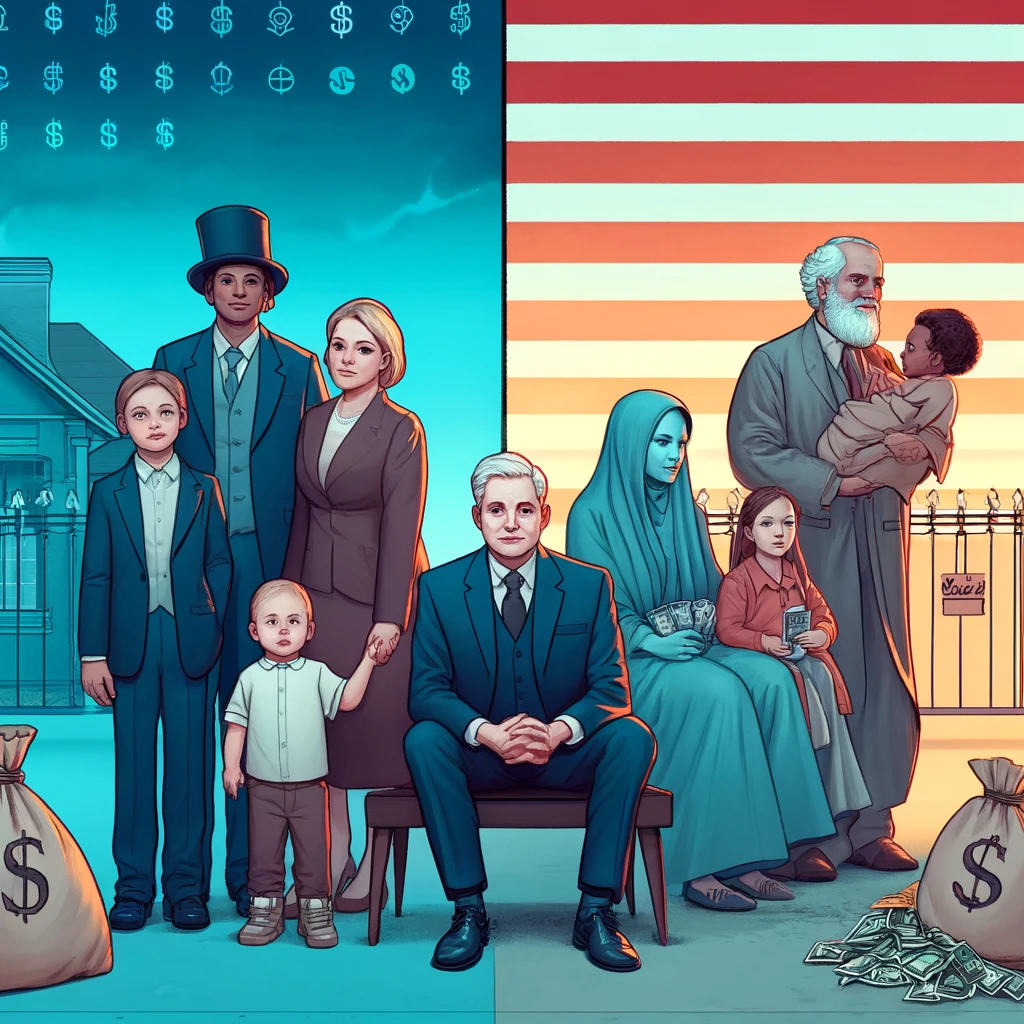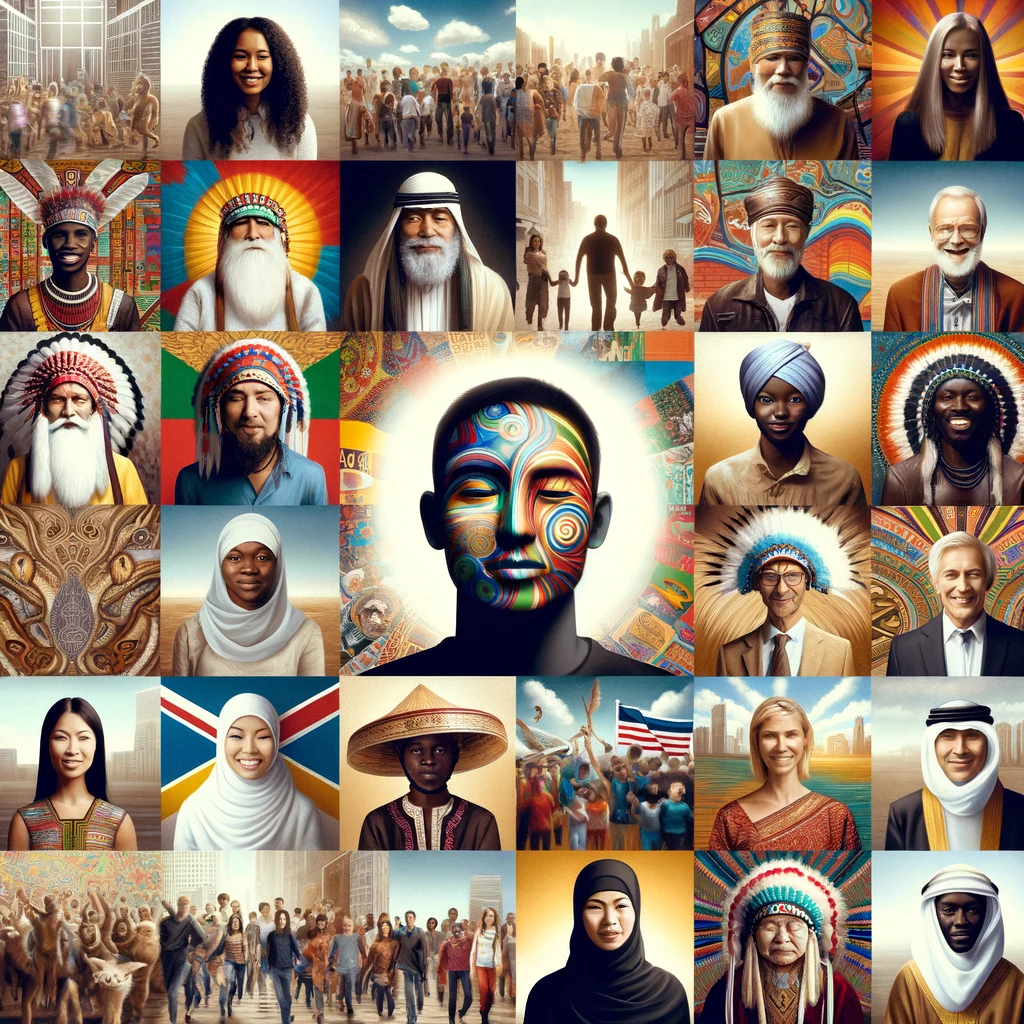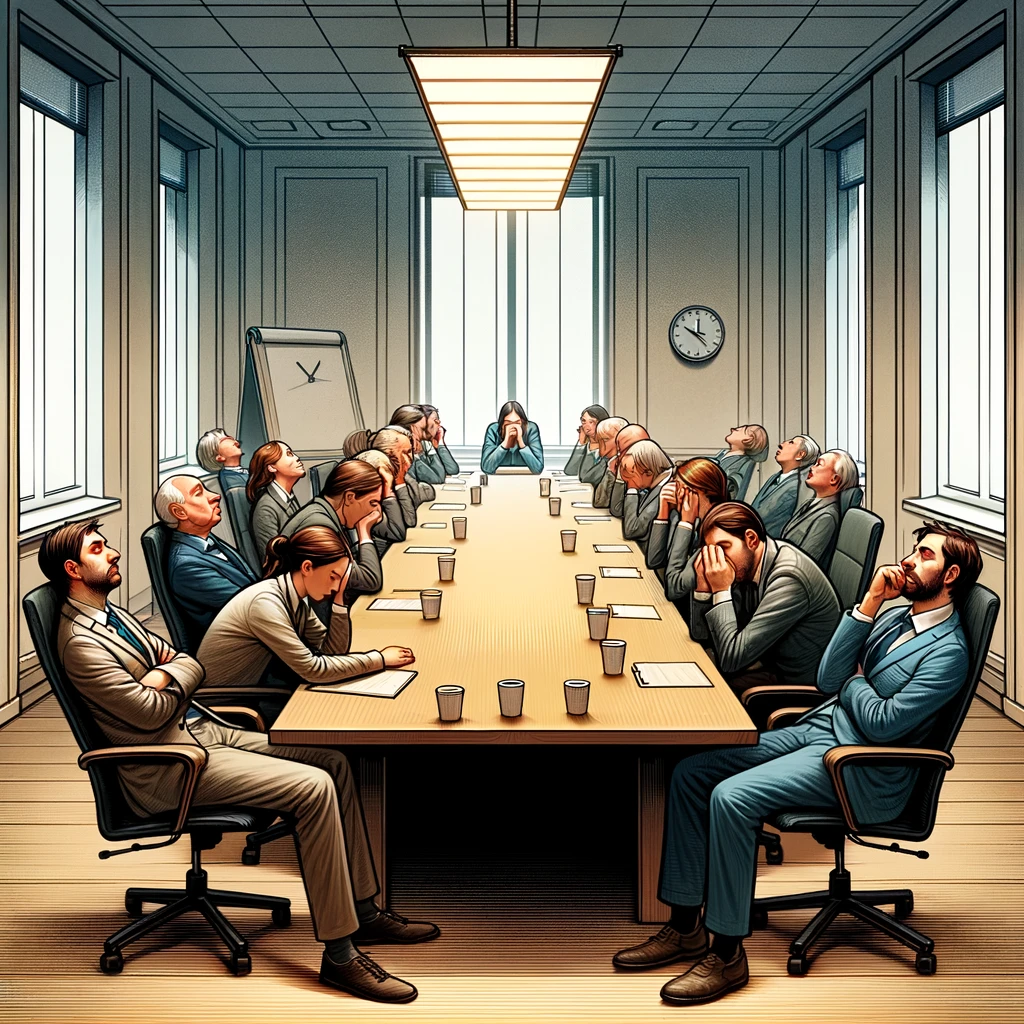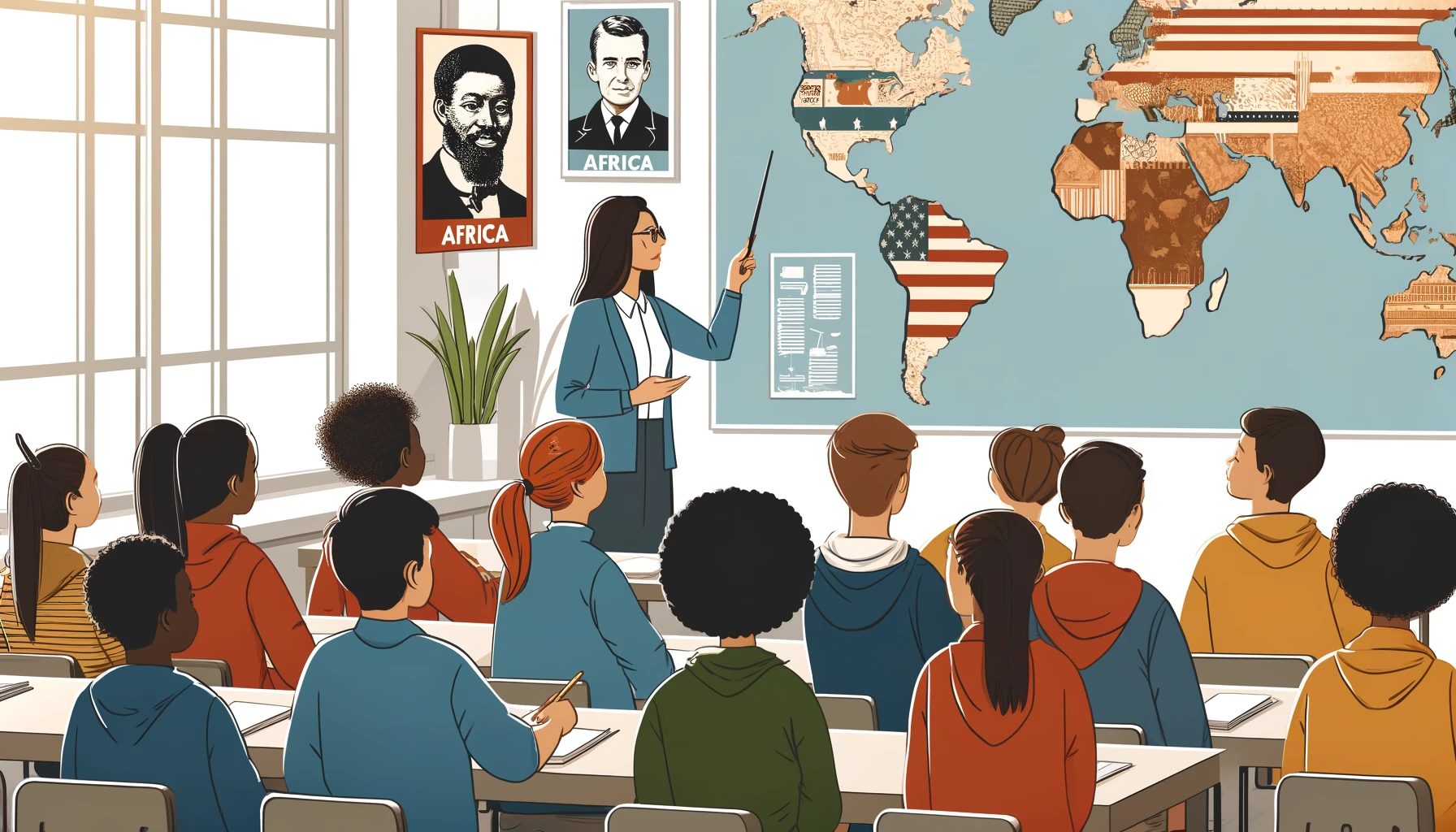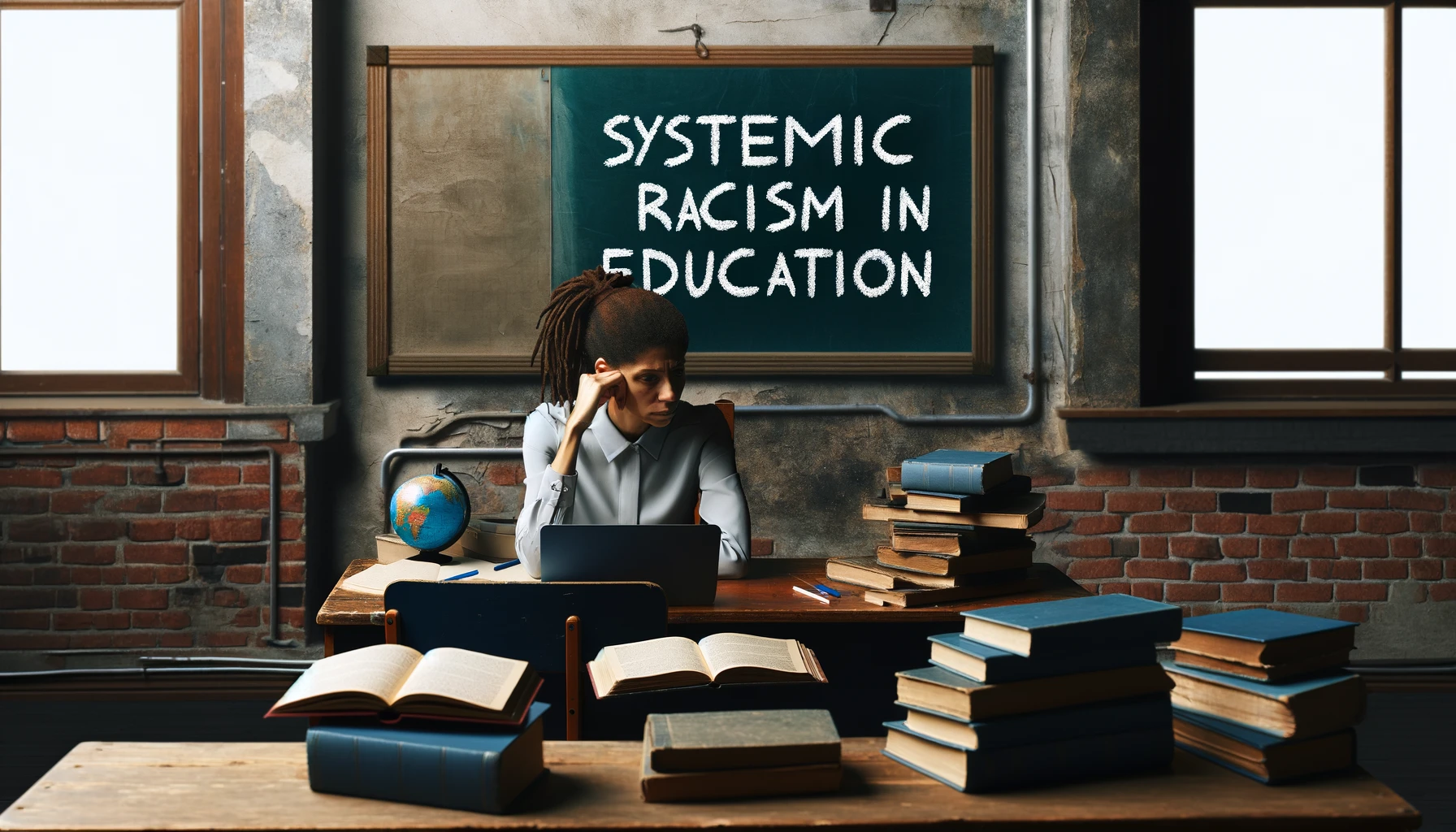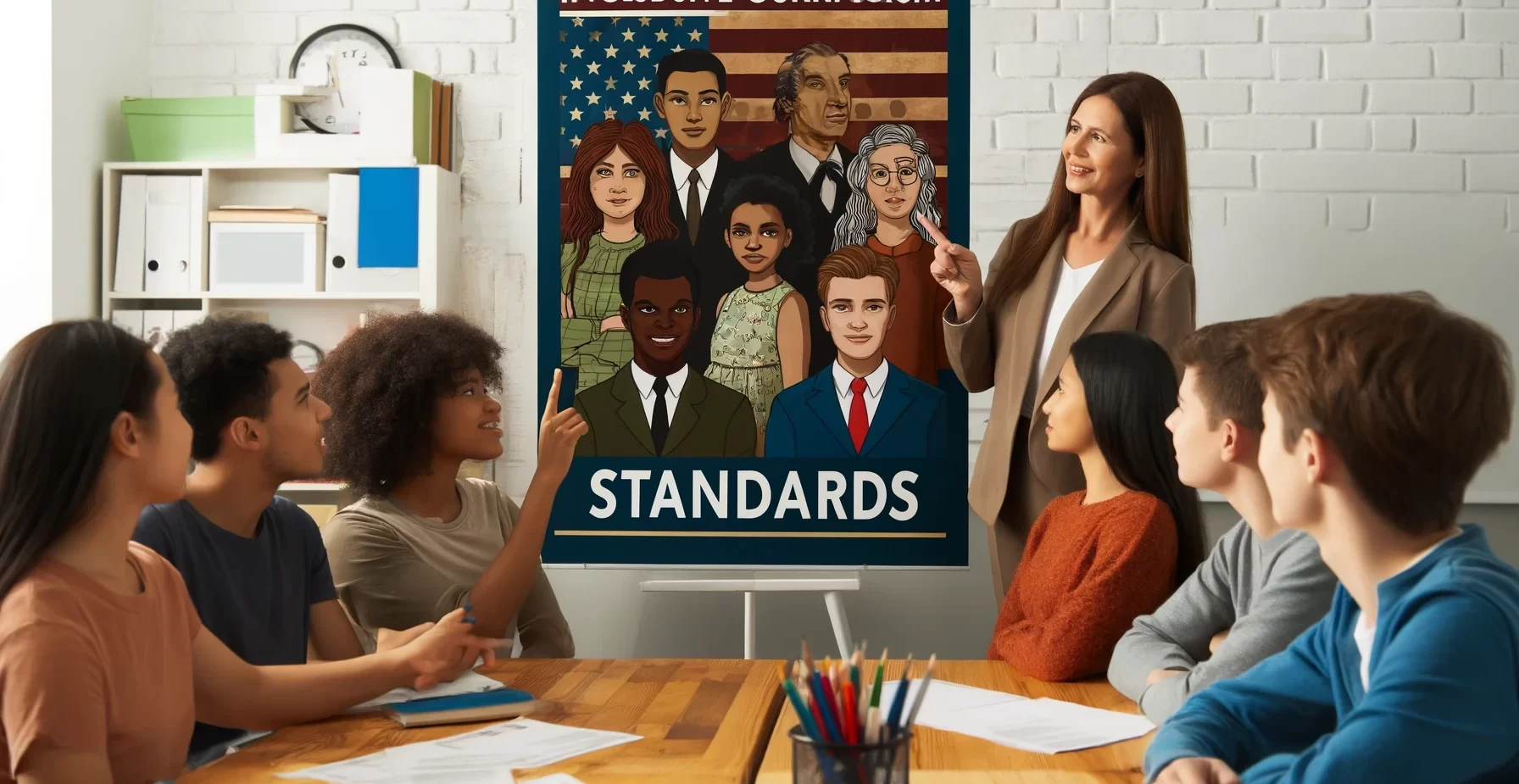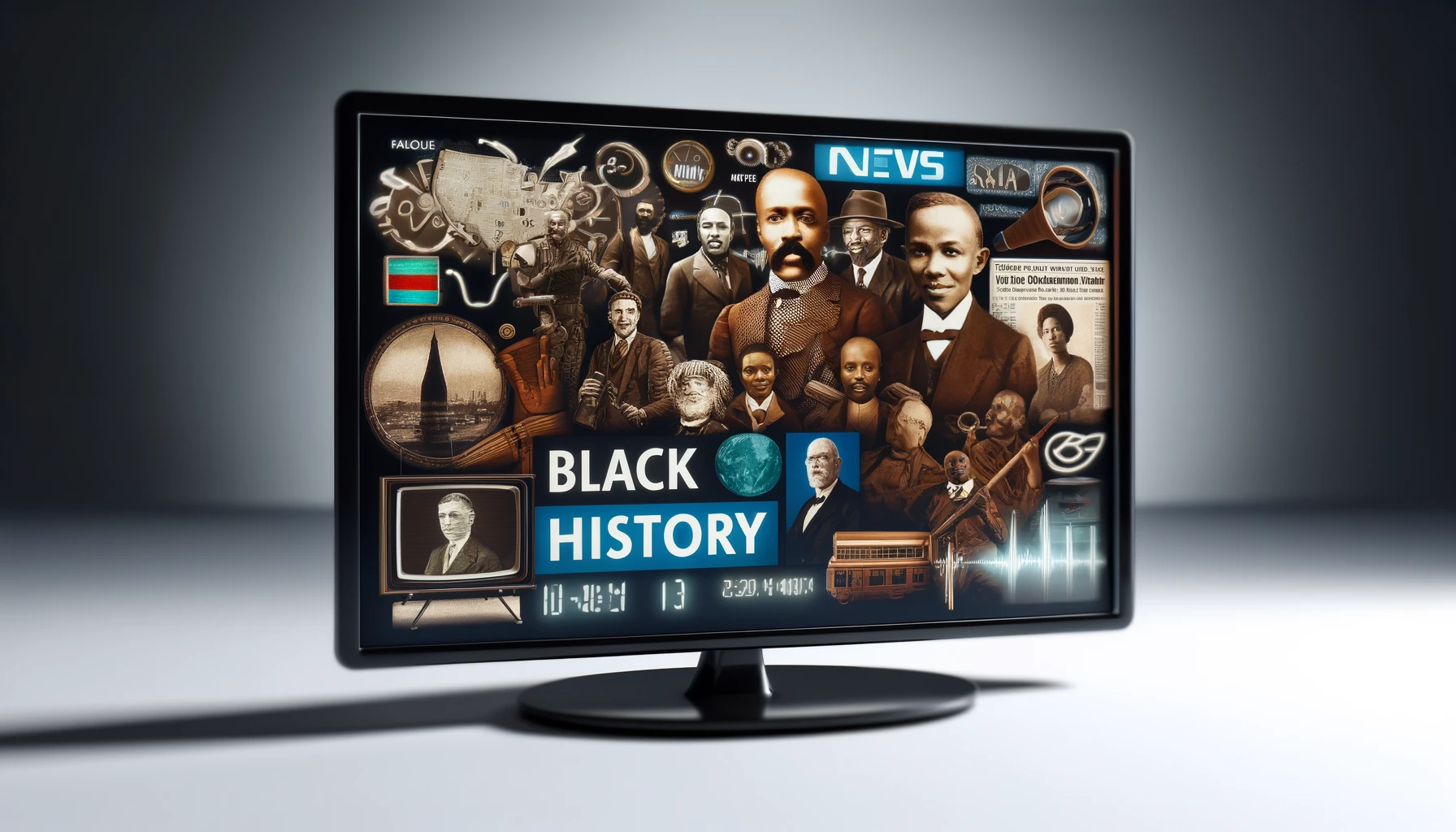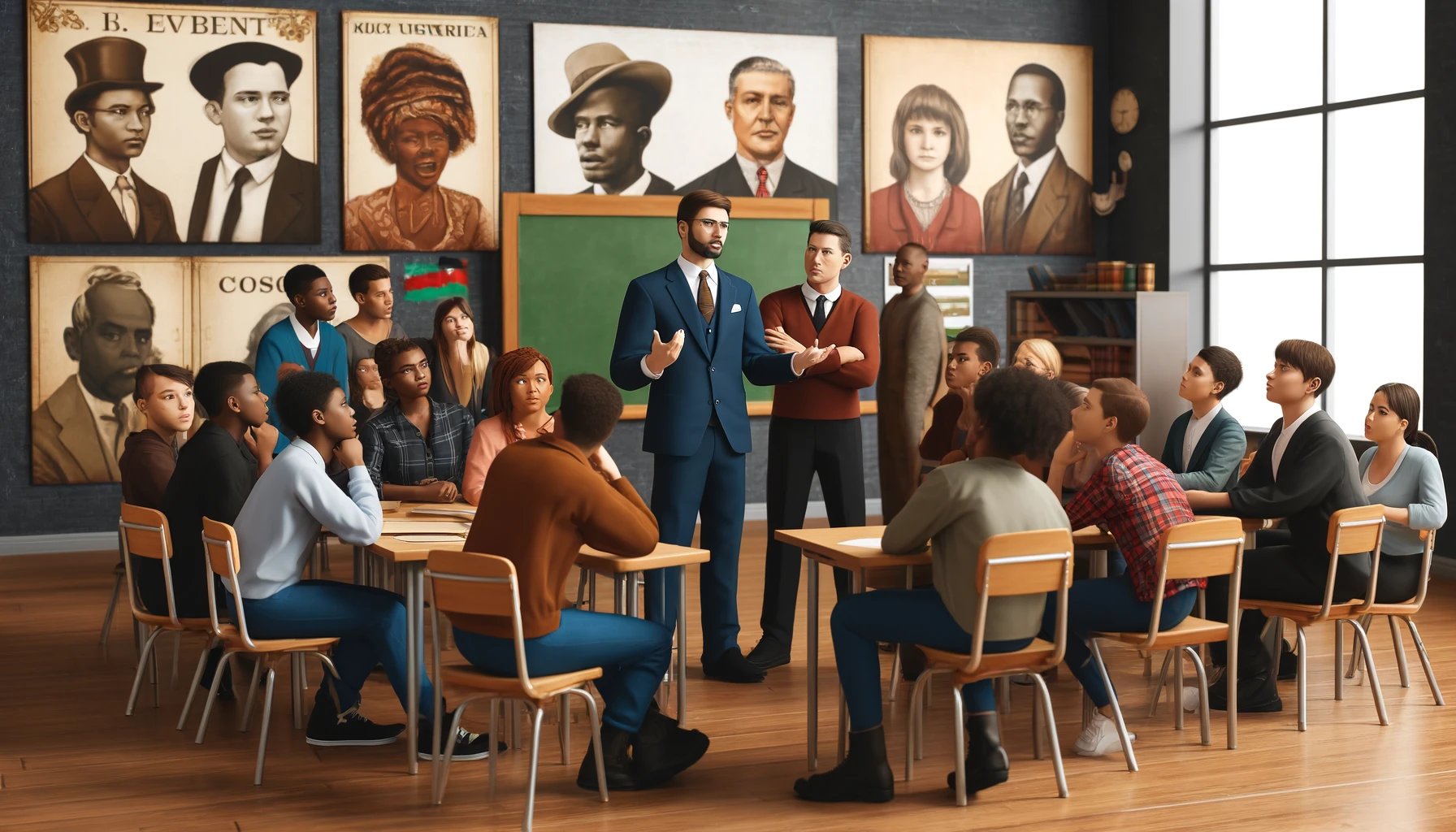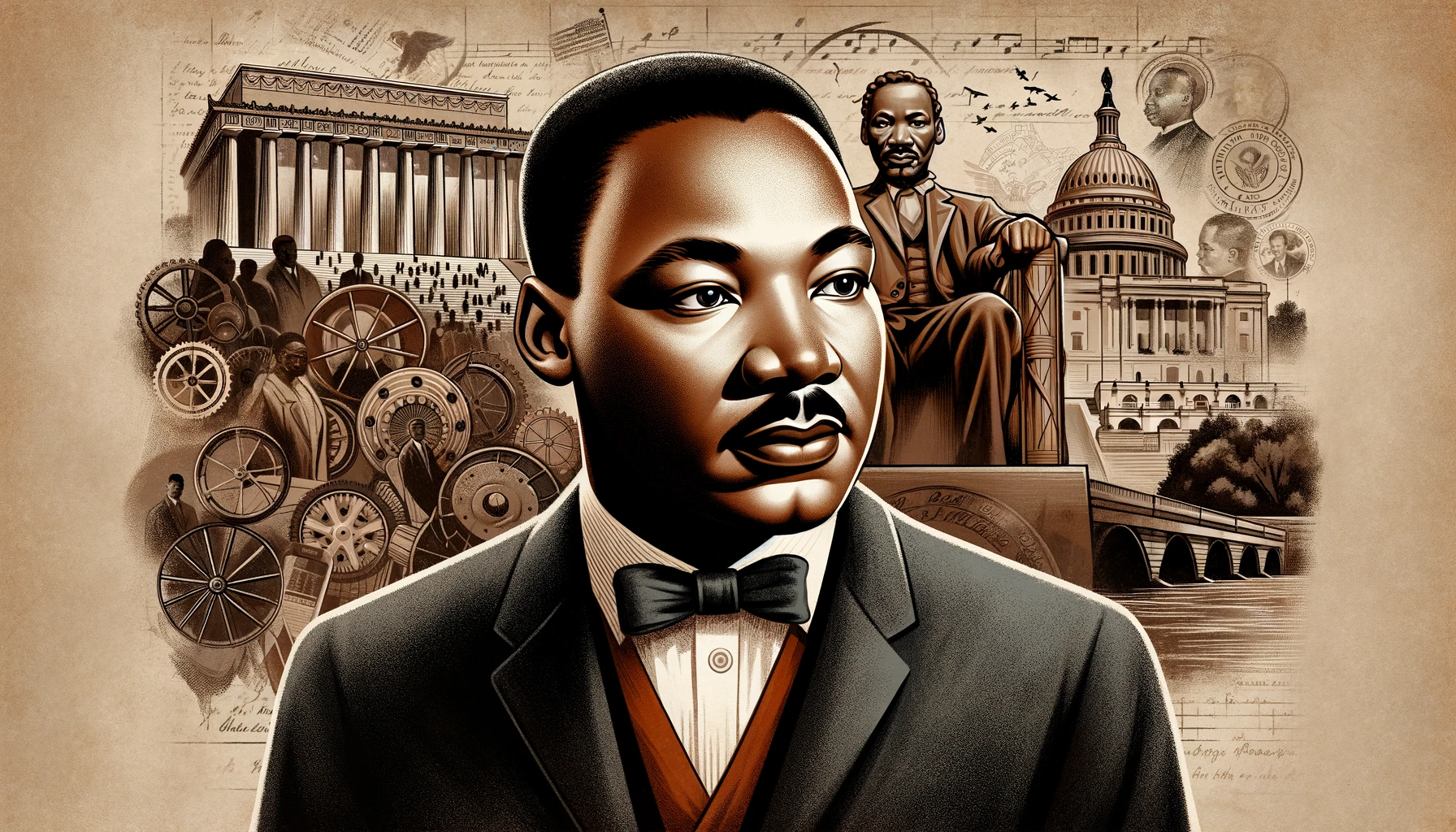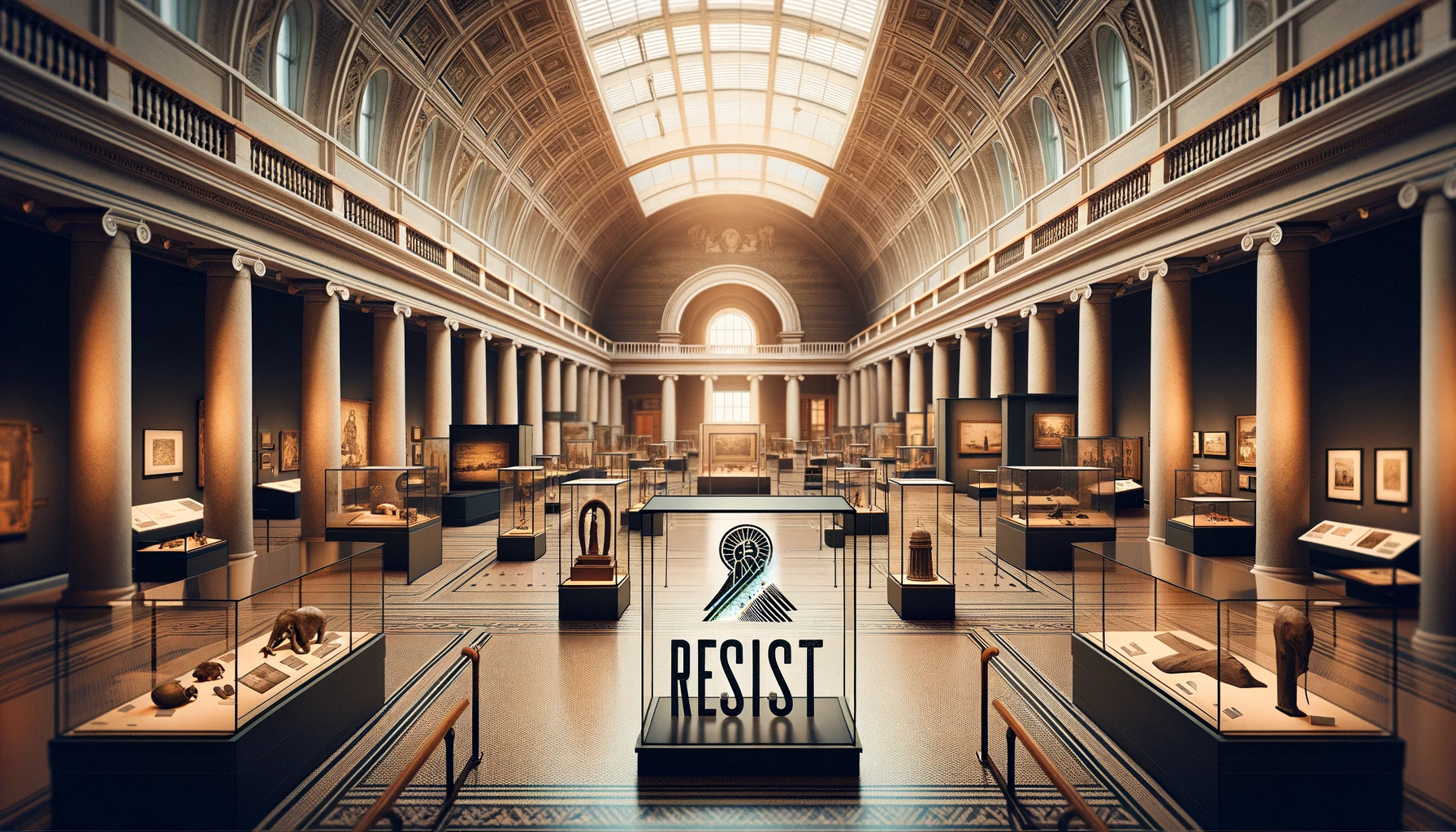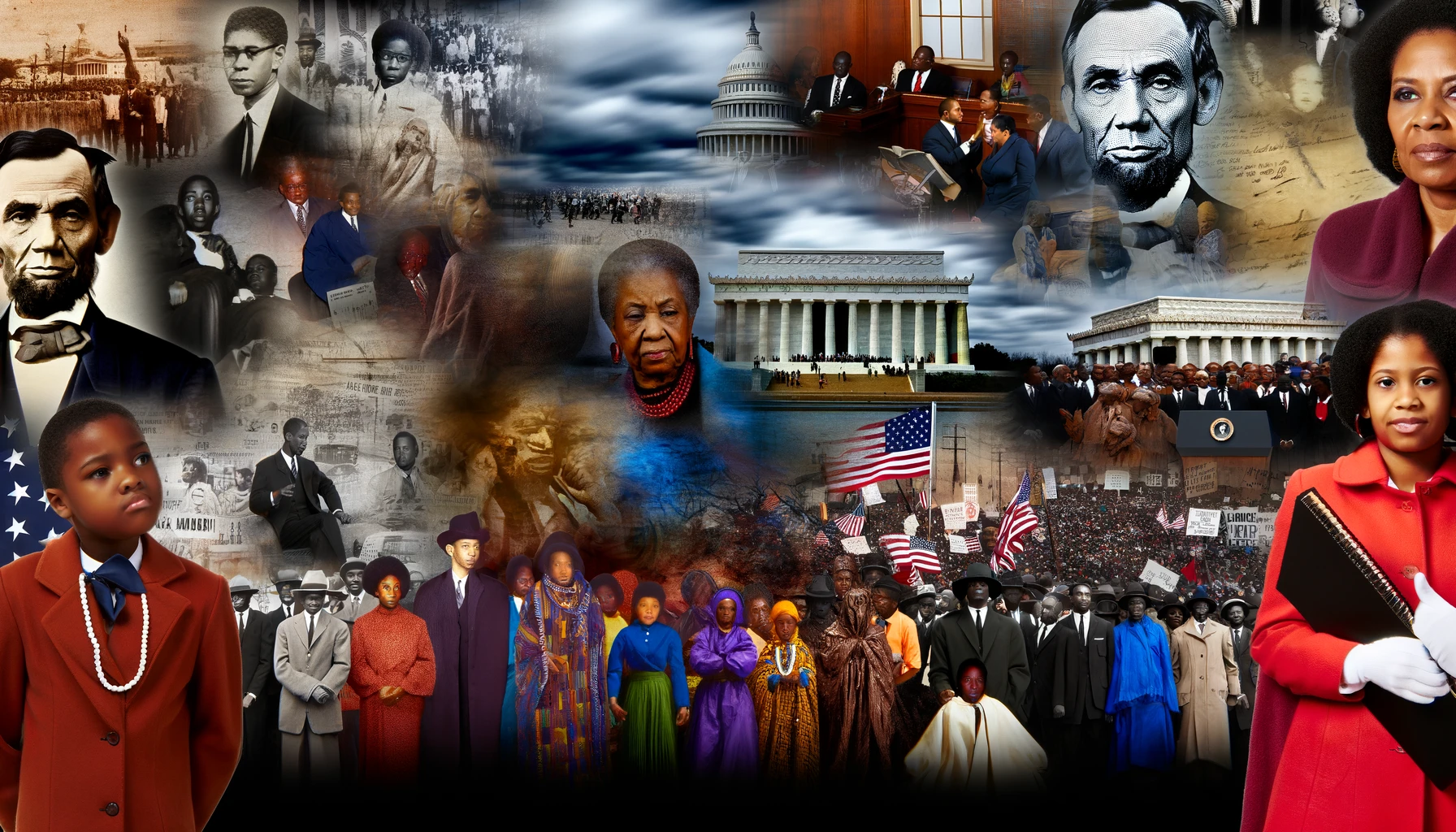White privilege is a systemic advantage based on race, deeply embedded in society. Understanding its existence and finding ways to dismantle it is crucial for fostering equality. This article explores 13 reasons why white privilege exists, providing real scenarios and actionable steps to address and eliminate it.
1. Historical Foundations of Racism
The roots of white privilege trace back to colonialism and slavery. These historical injustices have created long-lasting advantages for white people. Colonial powers implemented systems favoring whites, and these systems still influence society today. For instance, land ownership laws and economic structures established during colonial times favored white settlers, leading to generational wealth for white families. By educating ourselves and others about these historical foundations, we can begin to understand the depth of systemic racism and work toward its eradication.
2. Educational Disparities
White students often have better access to quality education. Schools in predominantly white areas receive more funding, leading to better facilities, resources, and opportunities. This educational advantage contributes to the perpetuation of white privilege. For example, well-funded schools can offer advanced placement courses, extracurricular activities, and modern technology, giving white students a significant head start. Addressing funding inequalities by advocating for policies that distribute educational resources more equitably can help level the playing field. Moreover, creating inclusive curriculums that reflect diverse histories and perspectives can foster a more understanding and equitable educational environment.
3. Employment Opportunities
White privilege manifests in hiring practices and workplace dynamics. White candidates often receive preferential treatment in hiring and promotions, while people of color face implicit biases and discrimination. This bias results in fewer opportunities for people of color to advance in their careers. Implementing unbiased hiring practices, such as blind recruitment processes and diversity training, can help mitigate this issue. Additionally, promoting diversity and inclusion initiatives within the workplace can create a more equitable environment for all employees.
4. Housing and Neighborhoods
Housing policies have historically favored white people. Redlining and discriminatory lending practices have limited where people of color can live, resulting in segregated neighborhoods with differing levels of resources. For example, predominantly white neighborhoods often have better schools, lower crime rates, and more access to amenities. Enforcing fair housing laws and providing incentives for diverse, inclusive communities can help reduce these disparities. Additionally, addressing the legacy of discriminatory practices by investing in underserved neighborhoods can promote more equitable living conditions for all.
5. Criminal Justice System
The criminal justice system disproportionately targets people of color. White individuals are less likely to be stopped, searched, or arrested, and they often receive more lenient sentences. This systemic bias reinforces white privilege by creating a cycle of disadvantage for people of color. For example, the war on drugs has led to the mass incarceration of Black and Latino individuals for minor offenses. Reforming policing practices, such as implementing community policing and eliminating racial profiling, can help create a more just system. Ensuring fair legal representation and advocating for criminal justice reforms are also vital steps toward achieving justice.
6. Media Representation
Media often portrays white people in a more favorable light, while stereotypical and negative portrayals of people of color reinforce societal biases. This disparity in representation contributes to the perpetuation of white privilege by shaping public perception and reinforcing harmful stereotypes. For instance, news coverage of crimes often disproportionately focuses on suspects of color, while positive achievements of white individuals are highlighted more frequently. Supporting media outlets and creators that prioritize diversity and inclusion can also help shift the narrative toward a more equitable portrayal of all communities.
7. Economic Inequality
Economic systems favor white individuals through generational wealth and income disparities. For example, homeownership rates are higher among white families, providing them with significant financial stability and opportunities to build wealth. Implementing policies to address income inequality, such as raising the minimum wage and providing affordable housing, can support marginalized communities. Additionally, creating economic programs that specifically aim to reduce racial wealth gaps, such as targeted business grants and investment in minority-owned businesses, is essential for fostering economic equity.
8. Healthcare Access
White individuals often receive better healthcare. Racial disparities in healthcare access and treatment result in poorer health outcomes for people of color. For example, Black women are more likely to die from childbirth-related complications compared to white women. Addressing these disparities through policy changes, such as expanding healthcare coverage and increasing funding for community health centers, can improve healthcare equity. Additionally, promoting cultural competency training for healthcare providers can ensure more equitable treatment for all patients, regardless of their race or ethnicity.
9. Political Influence
White individuals hold disproportionate political power, resulting in policies that favor white interests and maintain the status quo. For instance, predominantly white political representation can lead to the creation of laws that do not consider the needs of diverse communities. Encouraging diverse political representation and advocating for equitable policies can shift this balance. Supporting candidates from underrepresented backgrounds and promoting civic engagement within marginalized communities can help create a more inclusive political landscape.
10. Cultural Norms
Societal norms often center around white culture, marginalizing other cultural expressions. This cultural dominance perpetuates white privilege by setting standards that prioritize whiteness. For example, beauty standards in many societies often favor traits associated with white individuals, such as lighter skin and straight hair. Promoting multiculturalism and inclusivity in societal norms can help challenge this privilege. Encouraging the celebration of diverse cultures and creating platforms for marginalized voices can foster a more inclusive and equitable society.
11. Microaggressions
Everyday interactions often reflect underlying racial biases. Microaggressions, subtle discriminatory comments or actions, reinforce white privilege by perpetuating negative stereotypes and marginalizing people of color. For example, comments like “You speak English so well” can imply that being fluent in English is unexpected for a person of color. Educating people about microaggressions and encouraging respectful communication can reduce their prevalence. Providing diversity and inclusion training in schools and workplaces can also help create environments where microaggressions are less likely to occur.
12. Legal Protections
Laws and regulations have historically protected white interests, often failing to adequately protect the rights of people of color. For example, voter ID laws and gerrymandering disproportionately affect communities of color, limiting their political power. Advocating for legal reforms that ensure equal protection and justice for all is crucial. Supporting organizations that fight for civil rights and working towards policy changes that address systemic inequalities can help create a more just legal system.
13. Social Networks
White individuals often have more influential social networks, providing opportunities and support that are less accessible to people of color. For example, professional networks can play a significant role in job opportunities and career advancement. Building inclusive social networks and supporting diverse communities can help bridge this gap. Encouraging mentorship programs and creating networking opportunities for marginalized groups can promote a more equitable distribution of social capital.
Stand Up, Speak Out, and Dismantle White Privilege
White privilege is deeply rooted in various aspects of society. Acknowledging its existence and actively working to dismantle it is essential for achieving equality. By addressing the reasons behind white privilege and implementing practical solutions, we can move towards a more just and equitable society. Each step taken towards understanding and combating white privilege is a step towards a fairer world for everyone.
Read More
15 Things Gen Z Says Are Inclusive That Actually Might Be Divisive
What’s The Difference Between Blue Collar and White Collar?

Shatel Huntley has a Bachelor’s degree in Criminal Justice from Georgia State University. In her spare time, she works with special needs adults and travels the world. Her interests include traveling to off-the-beaten-path destinations, shopping, couponing, and saving.

